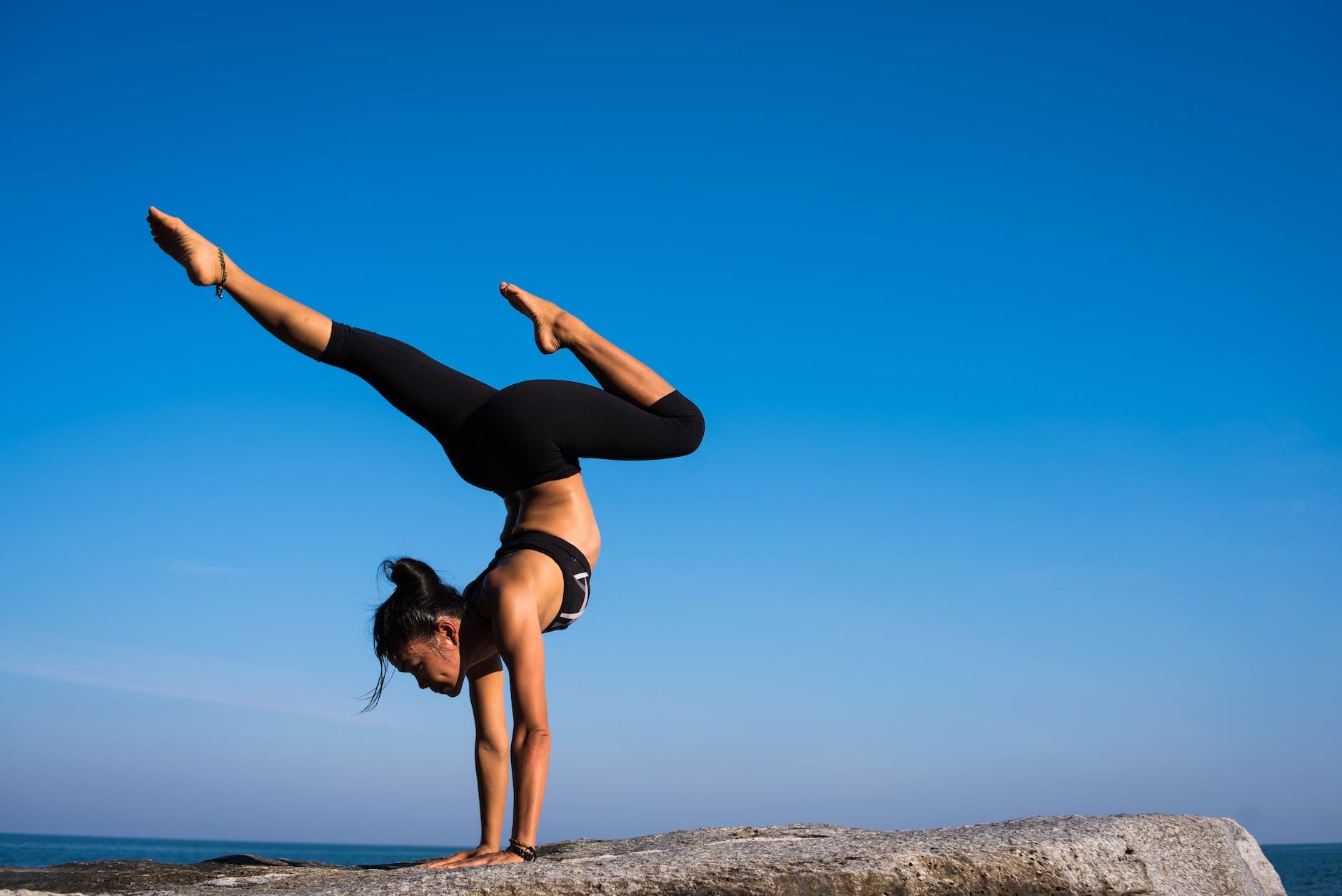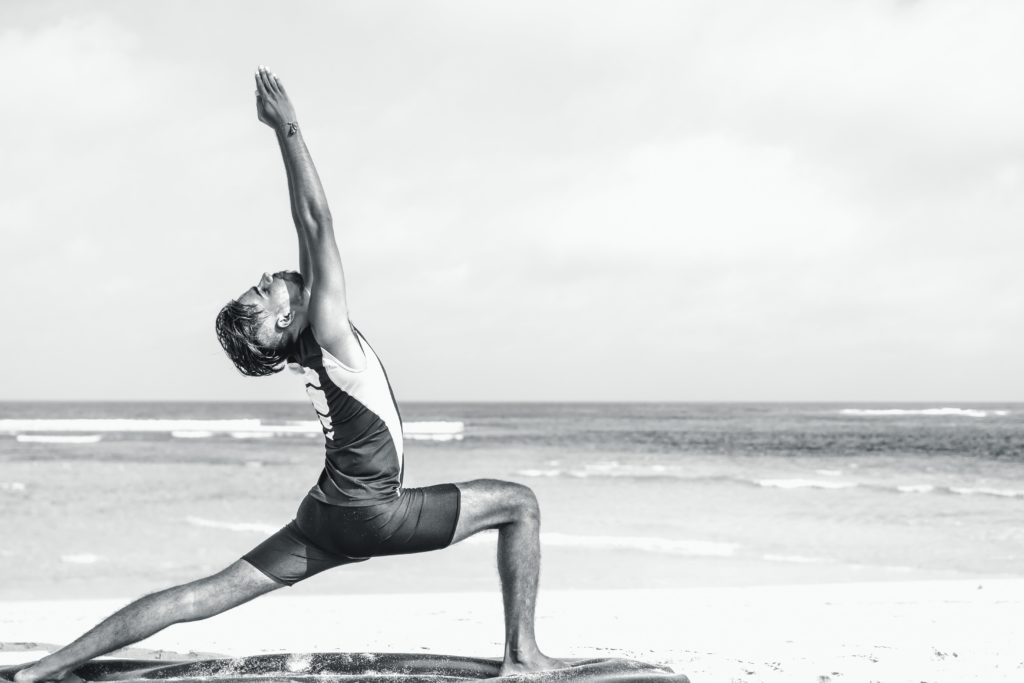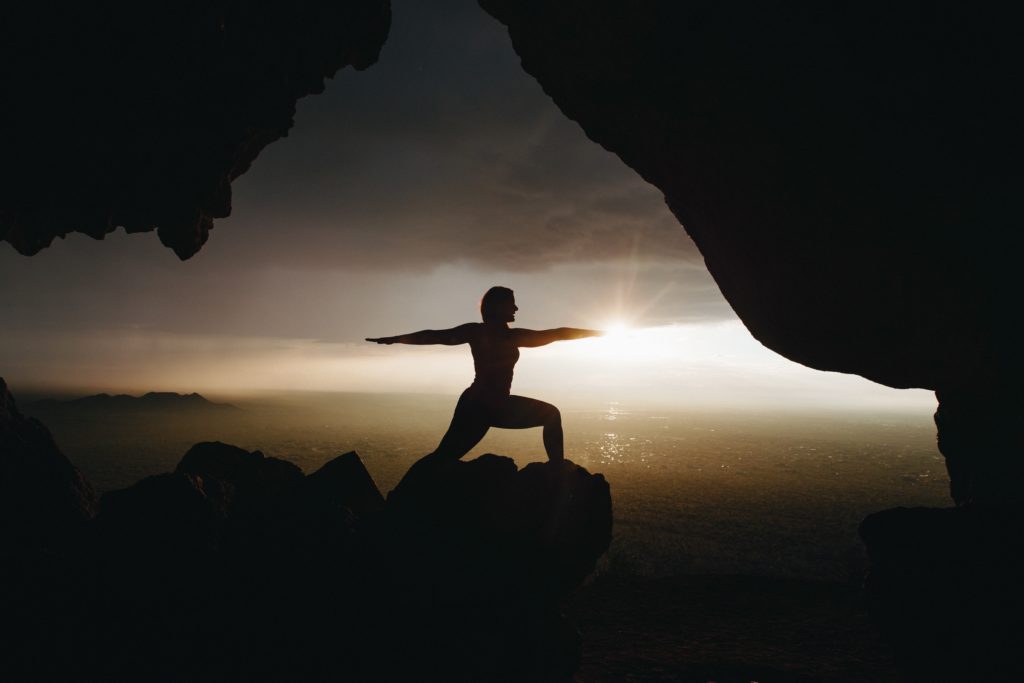Ashtanga Yoga (The Eight Limb Yoga): What is it?

Before diving in, please note: This post is for informational purposes only. If you’d like to know more about how we approach topics, feel free to check out our friendly Disclaimer Page.
Hey there, amazing readers! 🖐️ Just a quick note: yes, we know there are a lot of ads here. Trust us, we get it—it’s not the prettiest look, but they help us keep this blog alive and kicking. Those pesky little ads cover the costs of all the behind-the-scenes magic, from hosting and tech stuff to creating content we hope you’ll love.
We’re committed to delivering quality posts, and your support (even just sticking around despite the ads) means everything to us. So, bear with us, and thanks for helping us keep the good vibes rolling. Now, on to the fun stuff! 😉
TRANSLATE BUTTON AT THE END OF THE ARTICLE
What Is Ashtanga Yoga?
K.
Pattabhi Jois is credited with urbanizing yoga and establishing Ashtanga Yoga as a distinct style of the practice.
Patanjali’s expansive concept was the impetus for this particular kind of yoga, which is known as the Eight Limb Yoga.
It was said there are eight different spiritual activities that make up the road to purification as a whole.
Yama, Niyama, Asana, and Pranayama are the first four limbs that together make up Ashtanga Yoga.
Pranayama means “control of the breath.”
These are considered purifying techniques that may have their appearance corrected externally.
Pratyahara, Dhyana, and Dharana are the three practices that belong to the second set of limbs, which are known as the internal practices.
Only by using the Ashtanga Yoga practice in the proper manner can these limbs be brought back into alignment.
This particular form of yoga may be quite harmful to one’s mental state.
According to K.
Pattabhi Jois, it is impossible to practice the Eight Limbs as well as its sub-limbs of the exterior practices, which include the yama and the niyama.
In order for the body to be capable of performing the practices, it must first become sufficiently strong.
If a person’s physique is frail and their sense organs are not operating at a high level, there is no way that practice will ever be beneficial to them in any way.

The theory that has been adopted by K.
Pattabhi Jois is that you must keep in mind that after practicing Ashtanga Yoga, the body will improve and become stronger and healthier.
This is something that you must keep in mind.
Ashtanga yoga involves the practice of Vinyasa as well as Tristhana.
Vinyasa is a kind of yoga that distinguishes Ashtanga and its underlying concepts from other types of yoga.
Vinsaya refers to the movements and breathing techniques that are used during the process of internal cleaning.
One breath is taken before, during, and after each movement that is performed.
Vinsaya produces the most significant amount of sweat, though.
If you are doing the technique correctly and are beginning to perspire, this is a sign that you are making progress.
When you do the asanas, your body generates heat, which causes your blood to boil, which in turn causes the toxins in your blood to be expelled from your body.
Your perspiration contains toxic substances.
Therefore, the more perspiration you produce, the greater the amount of toxins that are expelled.
The body’s health and strength may be improved to their greatest potential with the help of these yoga positions.
This is made feasible by the sequence of several procedures.
Ashtanga yoga incorporates three different postures within its practice.

These three are organized on distinct hierarchical tiers.
The Primary Series is the first one, and its primary focus is to realign the body while also purifying it.
The second step in the procedure is called the Intermediate Series, and it involves opening and clearing the energy pathways, which ultimately leads to the nervous system being cleansed.
The final series is known as the Advanced Series, which goes from A to D.
Here, the level of elegance and power is evaluated.
Another one of yoga’s guiding principles, the Tristhana, symbolizes the integration of the three different attention and action centers in the body.
Following the posture comes the breathing method, and finally, the dristhi of the looking place completes the practice.
It is necessary for all three of them to cooperate in order to carry out the task at hand.
The strategies for breathing are done simultaneously and in time with one another.
It is essential to take just one breath before doing each exercise.
In the practice of Ashtanga Yoga, the Ujjayi Breathing Technique is the Yoga Breathing Technique that is used.
After each exercise, it is necessary to spend more time using this approach.

What you need to become skilled at is maintaining your stance for a longer period of time while simultaneously holding your breath.
This incredible breathing practice will enhance the fire inside you and improve the nervous system.
Try it!
The Dristhi series is something that is covered in both Ashtanga and Tristhana.
It is said that the drishti is the spot on which you concentrate your attention when you are doing the asana.
Because of this, your mind will be cleansed and steadied, allowing you to see things more clearly.
Ashtanga yoga and the Eight-Limb variant of yoga are the only practices that are capable of clearing and purifying the mind.

The Enlightenment Journey is a remarkable collection of writings authored by a distinguished group of experts in the fields of spirituality, new age, and esoteric knowledge.
This anthology features a diverse assembly of well-experienced authors who bring their profound insights and credible perspectives to the forefront.
Each contributor possesses a wealth of knowledge and wisdom, making them authorities in their respective domains.
Together, they offer readers a transformative journey into the realms of spiritual growth, self-discovery, and esoteric enlightenment.
The Enlightenment Journey is a testament to the collective expertise of these luminaries, providing readers with a rich tapestry of ideas and information to illuminate their spiritual path.
Our Diverse Expertise 🌟
While our primary focus is on spirituality and esotericism, we are equally passionate about exploring a wide range of other topics and niches 🌍📚. Our experienced team is dedicated to delivering high-quality, informative content across various subjects ✨.
To ensure we provide the most accurate and valuable insights, we collaborate with trusted experts in their respective domains 🧑🏫👩🏫. This allows us to offer well-rounded perspectives and knowledge to our readers.
Our blog originally focused on spirituality and metaphysics, but we’ve since expanded to cover a wide range of niches. Don’t worry—we continue to publish a lot of articles on spirituality! Frequently visit our blog to explore our diverse content and stay tuned for more insightful reads.





